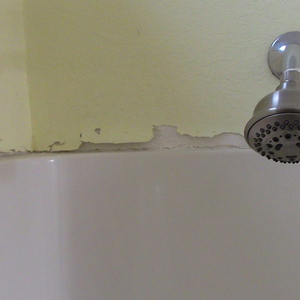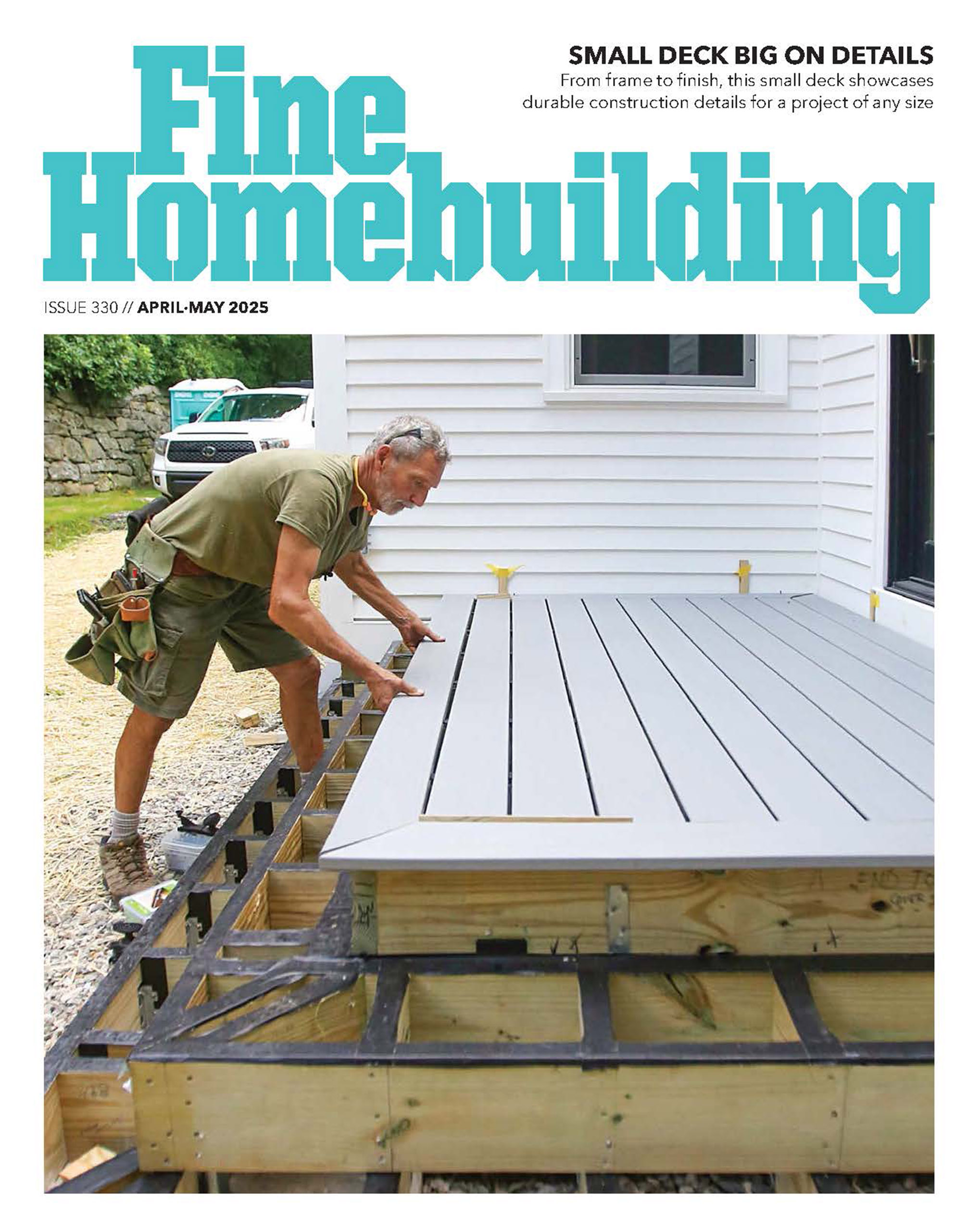We finished up a new patio amonth ago. Brick pavers, and then the joints filled in with locking sand and compacted.
The problem is that we have awnings and it appears I managed to line the seams up exactly with the drip-line of the awnings. As such, I’m loosing the sand in these spots whenever we get even a light rain.
Any tips/tricks to fix this? I was thinking the sanded stucco patch that comes in a toothpasteike tube might work for these joints. Any other thoughts?


















Replies
There is a product you can mix with the sand to stiffen it up... not like grout, but a lot more rubbery. A mason would know what it is.
Surebond joint stabilizing compound:
http://www.surebond.com/data_sheets/sb1300_ds.htm
This stuff is the real deal. Just don't try to remove your pavers any time soon. With one coat it doesn't add any shine to the pavers, and the joints still look like sand but act like mortar.
What would happen if you added just a little regular mortar to the sand before you swept it in and watered it down?********************************************************
"It is what we learn after we think we know it all, that counts."
John Wooden 1910-
No idea; haven't thought about that approach. This is what the masonry yard recommended when I bought the pavers and it works so well I've just stuck with it.
Just keep adding more sand it will eventually level out . Don't add anything else that might make a mess.
I have a close friend who is a mason. I think he mixes Portland cement with the sand and sprays a fine mist of water. Seen a lot of his work and it ALWAYS looks great.
Don't add portland cement to your sand. Patios built with normal mortar mix will crack in short order unless you live where you'd have no freeze/ thaw cycles.
The stabilizing compound sounds good; but best if you could reconfigure the pavers and apply more sand.
they are not talking about making mortar.
just sprinkling some portland cement dust and sweeping it in.
it works.
carpenter in transition
Use polymeric sand.
Sweep into joints - sprinkle with water.
Stays flexible.
I'm pretty sure that's what I have. Polymeric locking sand. It's silica sand mixed in with some sort of mortar-like thing. You put it in, then wet it down three times.However, the awning is a good 10 feet off the ground and I assume the height is enough to give the water enough force to just blow out whatever I have in there.I don't think the 'keep adding sand' approach will work. The row has already heaved a bit...I assume from the freezing nights we've had and the extra water that got under it.The sealer sounds good, though I'm guessing the temps have dropped too low for the season (winter in MN now...though it's still above freezing during the day). I'll check into that.
--
"I'm pretty sure that's what I have. Polymeric locking sand."
--Easy test - push your finger into the sand, it should be somewhat flexible, almost like rubber.We use the polymeric sand for tough areas, but I could see where water dropping 10 feet could eventually dig it out.Here's a crazy suggestion - take out the pavers in the offending area and actually glue them together (on the sides) with construction adhesive. The adhesive almost looks like sand if you keep it neat. I've even brushed sand into the adhesive before it skins over.
THAT is a good idea! I'd only have glue two rows together. Hmm...
It seems to me that TwoFingers is on the right track. Using Polimeric Sand is about the direction you go in. There are other products on the market that do pretty much the same thing. Envirobond is one of these products. It stays flexible and is intended to resist being washed away and resist grass and weeds growing in the cracks. What ever you do, DO NOT put any other concrete product in the cracks. It will break away sooner or later. Usually sooner. If jointing sand method is not working for you sealing the entire patio may offer some added protection and will rejuvenate the look of your patio. If that doesn't work there is one more product that comes to mind that might do the trick. It is a product that you normally attach to the fascia of your house. What it does is disperses the rainwater in an irregular fashion so that the water doesn't all land in the same spot, and there by erroding your jointing sand. Unfortunately, I can't remember the name of the product, but it is available in Canada. Good Luck.